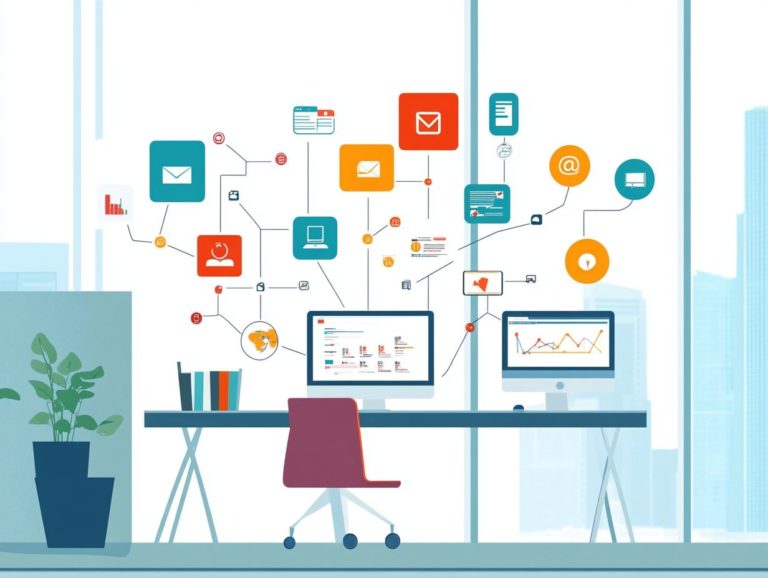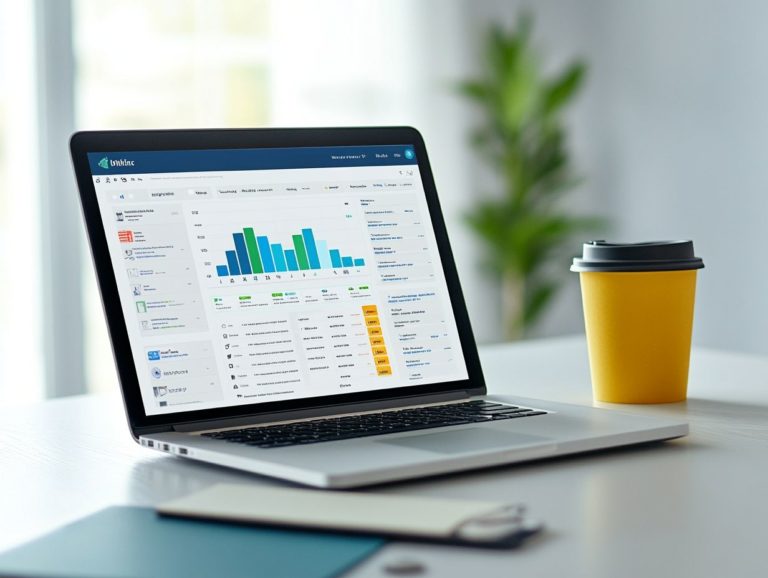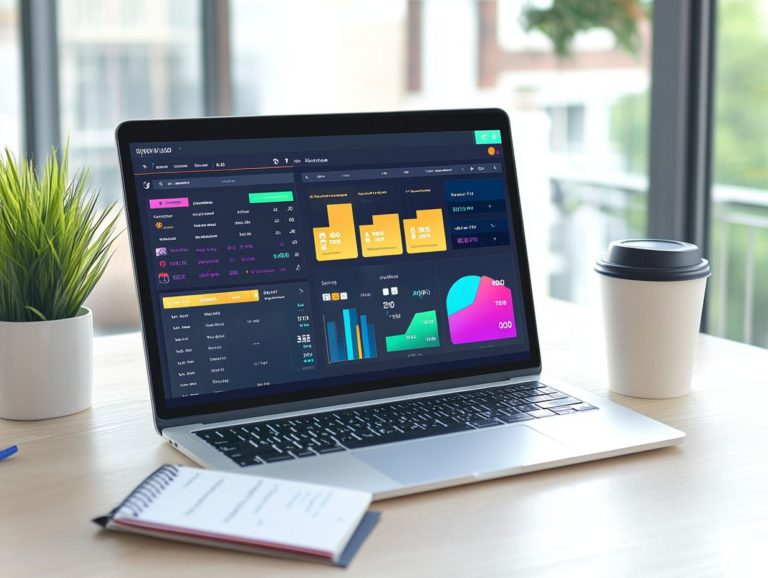Integrating Your CRM with Payment Processing
In today s fast-paced business landscape, integrating Customer Relationship Management (CRM) systems with payment processing solutions is crucial. Don t miss out on the chance to enhance your efficiency and customer satisfaction!
This discussion will illuminate the benefits of such integration, highlighting how it streamlines your sales process and elevates customer experiences.
You ll receive guidance on selecting the right tools, a step-by-step roadmap for integration, insights into navigating common challenges, and best practices to ensure you maximize your investment.
Dive in to explore how this dynamic combination can revolutionize your business operations.
Contents
- Key Takeaways:
- Benefits of Integrating CRM with Payment Processing
- Choosing the Right CRM and Payment Processing Integration
- How to Integrate CRM with Payment Processing
- Common Challenges and Solutions
- Best Practices for Successful Integration
- Frequently Asked Questions
- What is the benefit of integrating my CRM with payment processing?
- How does integrating my CRM with payment processing improve customer experience?
- Which payment processors are compatible with CRM integration?
- Is integrating my CRM with payment processing secure?
- Can I track payment data in my CRM after integration?
- How do I get started with integrating my CRM with payment processing?
Key Takeaways:
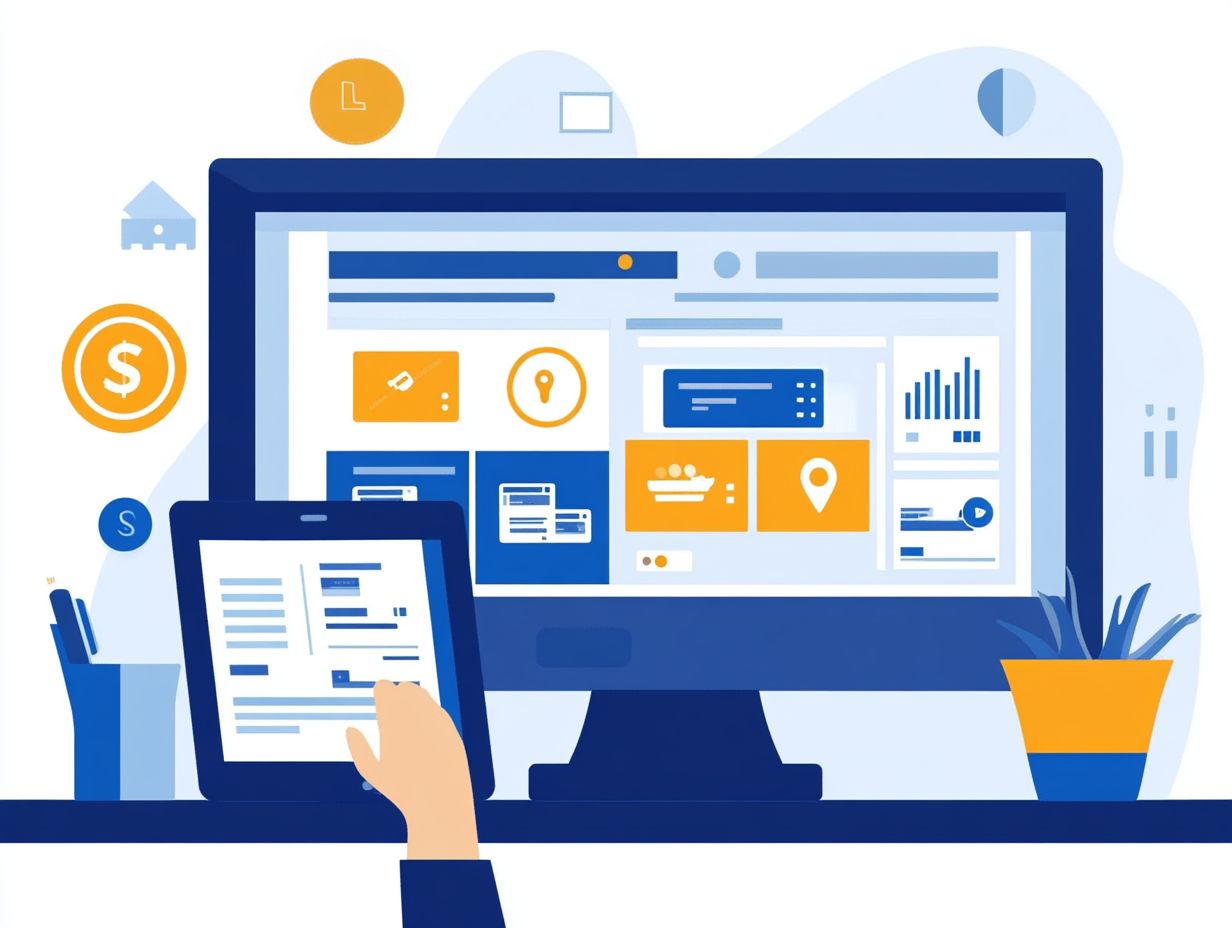
Make your sales process easier by integrating your CRM with payment processing, improving efficiency and closing deals faster.
Elevate customer experience by seamlessly integrating payment options into your CRM, making it easier for customers to complete transactions.
Consider factors such as compatibility and security when choosing the right CRM and payment processing integration for your business.
What is CRM and Payment Processing Integration?
CRM and payment processing integration is all about creating a seamless link between your CRM systems and payment solutions. This connection enables you to manage customer interactions and payment transactions. You will do this through a single, unified interface.
This integration makes operations run more smoothly and ensures that your customer data is accurately captured and utilized across platforms like HubSpot, Zoho, and Keap.
By bridging these systems, you can effectively nurture lead relationships while tracking transactions in real time essential for maintaining a clear overview of customer behavior.
With payment tools like Stripe and PayPal, you simplify the checkout process, transforming complex payment procedures into smooth transactions that elevate the customer experience.
The result? Your cash flow improves, and you can handle invoicing, refunds, and sales analytics without ever leaving your CRM environment. This allows you to concentrate on building stronger customer connections and boosting your sales performance.
Benefits of Integrating CRM with Payment Processing
Integrating CRM with payment processing offers a wealth of advantages. It elevates the customer experience and refines revenue management, establishing cohesive financial records that enhance business operations.
This combination helps you manage sales and payment data more effectively, ultimately nurturing stronger relationships with your customers.
Streamlined Sales Process
A streamlined sales process is essential for you as a B2B business to efficiently convert leads into paying customers. Integrating your CRM with payment processing takes this efficiency up a notch, allowing for automated workflows and simplified payment links for recurring payments.
By reducing manual tasks and minimizing bottlenecks, you can focus on nurturing valuable relationships instead of getting tangled in administrative hurdles.
Automated invoicing and payment requests help eliminate friction, making transactions smoother and ensuring timely payments. This strategy not only boosts your conversion rates by swiftly guiding prospects through the purchasing journey, but also enhances customer support by offering transparency and easy access to transaction histories.
As a result, you can elevate your business s reputation and cultivate long-term loyalty with clients, ensuring sustained engagement and satisfaction.
Get started on integrating your CRM today and watch your business thrive!
Improved Customer Experience
Improving customer experience is a primary objective of integrating CRM with payment processing. This integration offers secure payment methods and personalized services tailored to your payment information and history.
When you feel valued and secure during transactions, your trust in the brand deepens, enhancing loyalty and increasing retention rates. For instance, companies with robust fraud prevention measures protect their clients while fostering confidence in ongoing interactions.
Compliance monitoring is key to maintaining secure environments, which enhances your overall satisfaction as a customer. A case study of a leading e-commerce platform shows that integrating advanced payment processing with CRM solutions significantly reduced fraudulent activities, leading to more repeat purchases and positive customer feedback.
The perfect blend of safety and service creates a smooth shopping experience that customers crave!
Choosing the Right CRM and Payment Processing Integration

Selecting the ideal CRM and payment processing integration is crucial for your business. It allows you to manage customer relationships effectively while streamlining payment processes.
This ensures your transaction tracking and accounting software operates efficiently, allowing you to focus on what truly matters growing your enterprise.
Factors to Consider
When selecting a CRM and payment processing integration, focus on several key factors: compatibility, user experience, compliance monitoring, and the ability to maintain accurate financial records while safeguarding customer data.
Delve into the security measures in place to protect sensitive financial information, ensuring both systems communicate seamlessly.
Consider how easy the integration process is this can save valuable time and resources, allowing your business to adapt swiftly to changing market demands.
Don t overlook the importance of effective customer support features; they are crucial for addressing issues quickly and minimizing disruptions.
By considering all these factors, you enable smoother operations and significantly boost customer satisfaction, fostering loyalty and trust in your services.
How to Integrate CRM with Payment Processing
Integrating CRM with payment processing requires a methodical approach, typically following a detailed guide on popular CRM integrations for e-commerce that outlines the essential actions needed for a successful connection.
This ensures a seamless data flow and automation of workflows, elevating your operational efficiency to new heights.
Step-by-Step Guide
Start by assessing your current systems and identifying the payment methods that align with your business objectives.
Next, map out your workflow processes to ensure a seamless data flow between your CRM and the chosen payment systems. This enables efficient tracking of sales and customer interactions.
After mapping, set up the necessary software by selecting the right tools that allow the two systems to communicate. Thorough testing is essential to uncover any integration issues.
For troubleshooting, consider these tips:
- Check for data inconsistencies.
- Ensure all permissions are correctly configured.
Implementing security measures, such as encryption, significantly enhances secure payment processing, safeguarding customer data throughout the transaction journey.
Common Challenges and Solutions
When integrating CRM with payment processing, you may encounter challenges like payment errors, cash flow issues, and the need for effective customer support.
If not properly addressed, these challenges can hinder your business operations.
Don t miss out on the chance to enhance customer loyalty start integrating CRM with payment processing today to elevate your business!
Addressing Potential Issues

Addressing potential issues in CRM and payment processing integration requires actively solving problems and a keen focus on enhancing user experience to minimize disruptions in your business operations.
This approach streamlines daily tasks and cultivates a culture of adaptability among your team members. User errors often arise from inadequate training or unclear processes, leading to frustration and inefficiency.
To tackle this, invest in thorough training sessions and develop user-friendly documentation that guides your personnel through typical scenarios.
Technical glitches may occur during data syncing (keeping customer information up to date across systems) or software updates, making regular system checks and timely updates essential.
By emphasizing continuous monitoring and actively collecting feedback, you can create a responsive environment that allows your business to swiftly address concerns and ensure sustained operational success.
Best Practices for Successful Integration
Implementing best practices for seamless integration of your CRM with payment processing is crucial. This approach maximizes revenue and strengthens customer relationships, driving improved business outcomes.
This smart strategy boosts efficiency and sets you up for lasting success in a competitive landscape.
Tips for Maximizing the Benefits
To truly maximize the benefits of integrating CRM with payment processing, focus on enhancing customer experience and fine-tuning transaction tracking processes through ongoing improvement and adaptation.
Utilizing the strength of data analytics uncovers invaluable insights into customer behavior, enabling you to tailor your offerings with precision.
Implementing personalized customer interactions cultivates loyalty and boosts engagement, ultimately leading to higher conversion rates.
Consider a leading e-commerce retailer that streamlined its payment methods, resulting in faster checkouts and a significant surge in sales. Continuously refining these processes while keeping a vigilant eye on industry trends creates a more agile and responsive business model aligning perfectly with evolving consumer expectations.
Frequently Asked Questions
What is the benefit of integrating my CRM with payment processing?
Integrating your CRM with payment processing enables a seamless flow of customer data and payment information, resulting in an improved customer experience and increased efficiency for your business. For more details on this integration, check out the process of integrating CRMs with ERP systems.
How does integrating my CRM with payment processing improve customer experience?
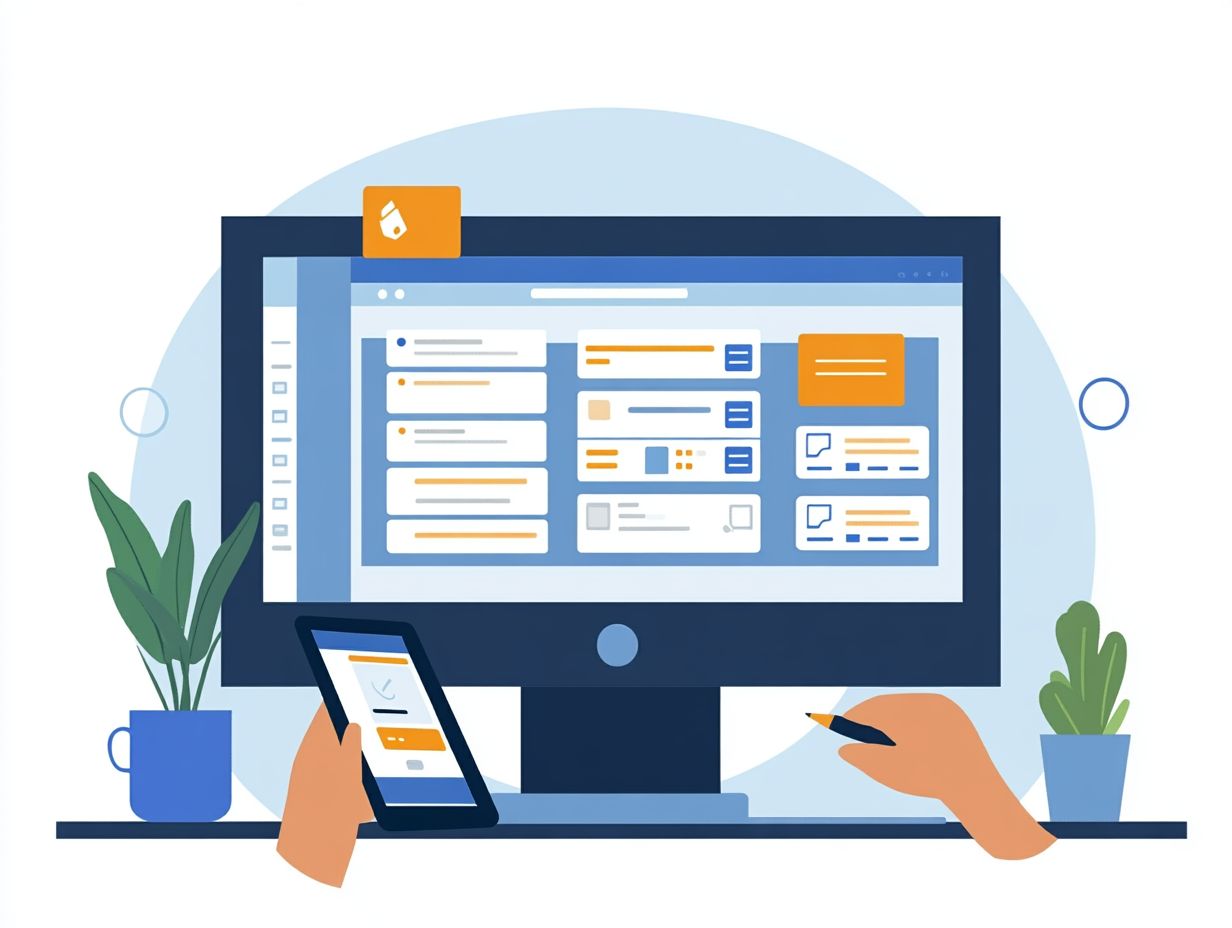
Integrating your CRM with payment processing allows for a more personalized and streamlined customer experience. By streamlining your workflow with CRM integrations, all customer data and payment information are in one place, enabling you to easily access and provide tailored services to meet their needs.
Which payment processors are compatible with CRM integration?
Most major payment processors, such as PayPal, Stripe, and Square, offer integration options with popular CRM platforms. Research and choose a payment processor that best fits your business needs and is compatible with your chosen CRM.
Is integrating my CRM with payment processing secure?
Yes, integrating your CRM with payment processing is secure. Most CRM platforms use encryption and other security measures to protect customer data and payment information. Additionally, reputable payment processors have their own security protocols in place to ensure safe transactions.
Can I track payment data in my CRM after integration?
Yes, integrating your CRM with payment processing allows for real-time tracking and reporting on payment data. This helps you keep track of customer payments and allows for better analysis to improve your business strategies.
How do I get started with integrating my CRM with payment processing?
Connecting your Customer Relationship Management (CRM) system with payment processing can be simple and rewarding. Most providers offer easy guides and support to assist you.
Don t wait! For a smooth integration, reach out to a professional or your CRM provider today and unlock the full potential of your business!



